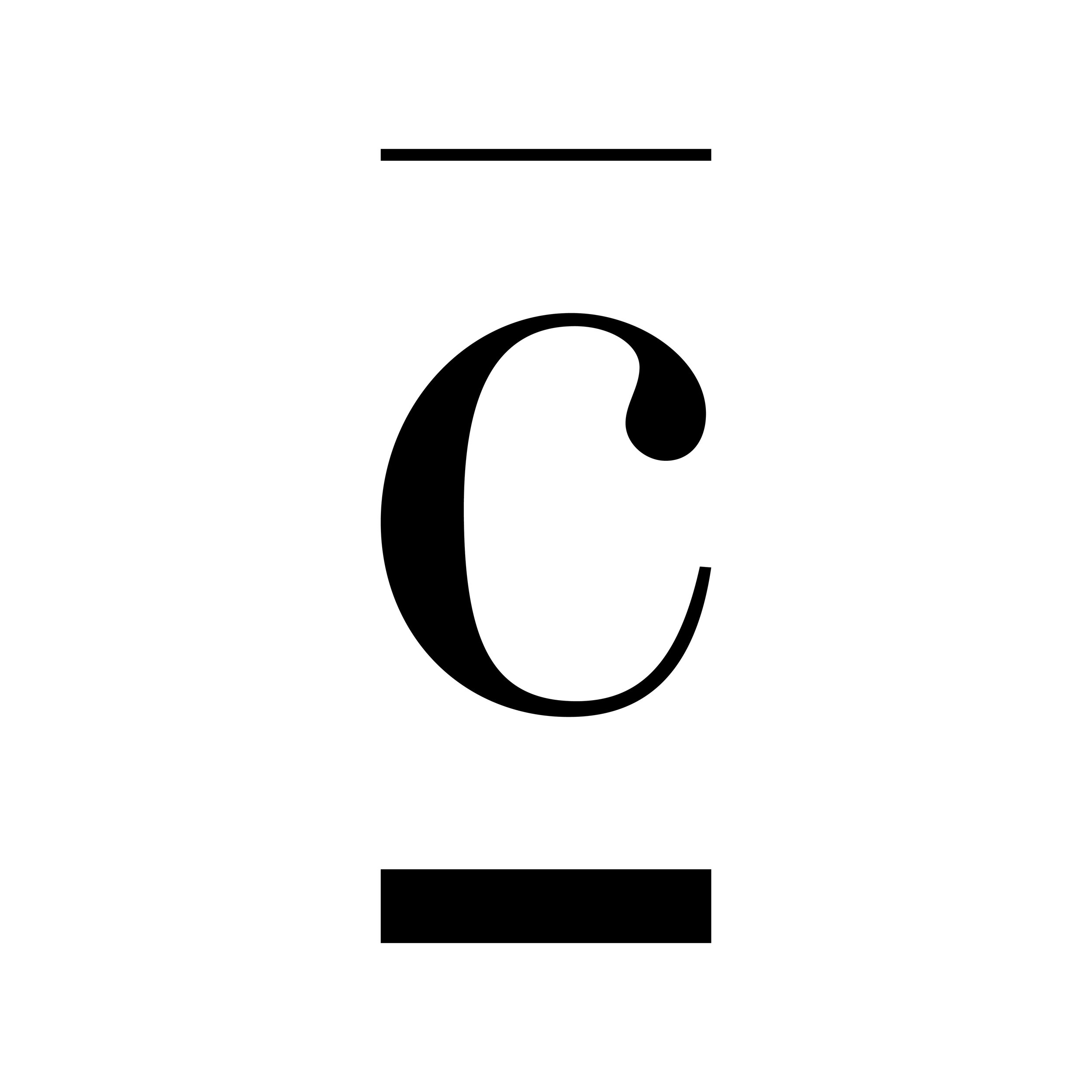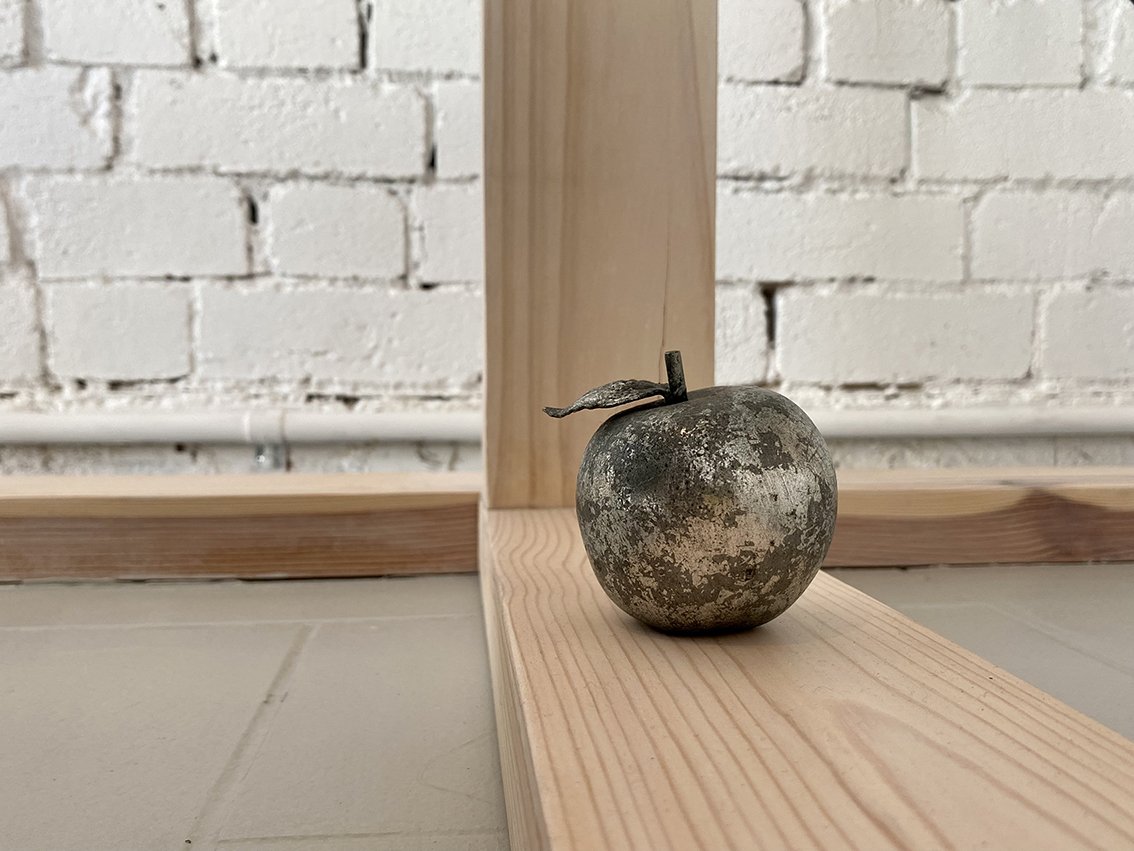Welcome
to correspondences. Our aim is to create lasting people connections across cultures through the medium of art.

to correspondences. Our aim is to create lasting people connections across cultures through the medium of art.
EDWINA STEVENS

I’m an artist, and a teacher who lives in Birrarungga/Naarm on Wurundjeri Woi Wurrung Country, also called ‘Melbourne’.
Today, with my friends from correspondences, I’m excited to share with you this art-making activity called ‘Time Travelling Through Place’. Before you start making, listen to the recording and look at the images below to learn about my work and ideas.
When you’re ready, purchase the ‘making worksheet’ via the button below to receive step-by-step instructions to make your own miniature universe! You can also order a ‘making kit’ to get you started.
This picture shows Ali’s video artwork, Bohr II 2022, playing on a television in the gallery for her exhibition.
This image is called a 'still' - a picture Ali has taken from her video to show us different parts of it.
This way, we can focus our eyes on the 'spheres' - those things shaped like a ball - without the video moving forward as a film does. If you prefer, you can also watch the video by pressing the button below the images.
Ali loves spheres. She uses them - and other 'objects' like them - to teach art to her students, and they appear in lots of her different artworks. Although they often come from her art classes, sometimes she also finds objects or images she likes from home that she also decides to use in her artworks.
The objects Ali uses in her artworks have special meanings. Sometimes those meanings come from the way they have been used. But other times, Ali selects them because they remind her about something she cares about, is interested in, or likes how they look, allowing her to share a story or a special feeling.
When Ali started making her artwork, they reminded her of the sun and planets, and this made her think about the Universe, which she has been fascinated by (very interested in) since she was a young person your age.
At school, you might have learned about the Universe – the planets, stars, galaxies and all of the space and time around them, which are made up of something called 'matter' and lots of energy.
Like the planets, stars and galaxies, those spheres and even our human bodies are made up of matter. So, in that way, we are all connected to each other and to the Universe.
What does it mean?
We don't understand the Universe or ourselves at once, do we? It's much too big and complicated (very difficult). But maybe, like Ali, we can understand a little more about ourselves and our place in the Universe through art.
One of Ali's favourite writers is the French writer Gaston Bachelard. In one of his books, Bachelard says that our family home is our first 'miniature universe'.
When we're babies, in our homes, we learn about it through what we see, hear, smell, touch and taste.
But, if we are lucky to have our sight, we often – but not always – discover things first with our eyes. And even though we learn lots of things about our Universe by using our eyes, sometimes we understand things when we can't see them, don't we?
It's a special feeling we have, but not something you learned at school or from your parents.
Ali was thinking about this idea and became very interested in those spheres, making her think about space. Its huge size makes it so hard to understand because we can't see it all at once.
Then she thought that tiny things, like those we need magnifying glasses or a microscope to see, are also very difficult to understand. It's an opposite problem but just as confusing!
Artists often do this. They think about one thing and the exact opposite because it helps them understand the world. Sometimes they also read books to discover how other people try to understand something.
Ali was reading Bachelard's book, and she was reminded of something called 'atomic theory'.
Atomic theory is an ancient (really old) way that humans have used for a long time to understand the Universe and what it is made from.
Atoms are like the bricks of a house, and together, they make up all of the Universe – including huge things like planets and stars in the solar system. But, atoms themselves are tiny. We can't see them with our eyes.
Still, we know they are there. And this is true of all things made from 'matter', including Ali's metal apple in the exhibition.
Like the spheres, Ali uses the apple to make and teach art to her students. If we know this, we might be reminded of the spheres. But even if we don't, the round shape of the apple might also remind us of those spheres.
Or, it could also just remind us of our afternoon snack!
Bachelard describes the apple as a universe. In his book, he reminds us of some special lines from a play by a very old French writer called Rostand called Cyrano de Bergerac:
"This apple is a little universe in itself, the seed of which, being hotter than the other parts, give out the conserving heart of its globe; and the germ in my opinion, is the little sun of this little world, that warms and feeds the vegetative salt of this little mass".
They might seem like confusing words. But basically, what Bachelard was trying to explain to us is that it's the seed, rather than the whole apple, that we see; that is where the magic is – it's where we 'know' there is life still to come because more apples can grow from the seeds!
We don't know this because we chopped it open and we have seen it; we know it because our mind can guess, because we learnt it in our Universe at home, but also because our mind can imagine!
Ali's artworks are a lot like this. She creates pictures like little miniature Universes – where we sometimes recognise things from our memory, but there are also gaps or things that might look a bit confusing, making us imagine and ask questions.
Is this a real object or an imagined object?
A real space or an imagined space?
Does the object stand for something else or just for itself? Is it a body or a sculpture?
When we imagine, we can sometimes see connections that look like they connect, even though, at first, they may not. Artists do this when they are making artwork. In fact, all of us do because it's a part of being human.
For instance, when we were looking at Ali's exhibition, we saw the apple, which made us think about the apple in Rene Magritte's famous painting, The Son of Man – and several of his other works that depict apples.
We probably thought about this because we saw Ali's apple in the exhibition and remembered one of Ali's earlier artworks, The Secret Life IV (After Magritte) 2020, which we saw in another exhibition.
Then we saw all these other visual connections between these two works by Magritte and Ali. As we continued to look around the exhibition, we saw other connections between the apple and Ali's new work Foyer (After Maar and Matter), 2022.
What connections can you see?
What do you see that makes you say that?
What other connections can you find?
Now that we’ve explored Ali’s exhibition and some of her ideas, we are going to start making our own Miniature Universe! Head to our shop to purchase the ‘making worksheet’.













